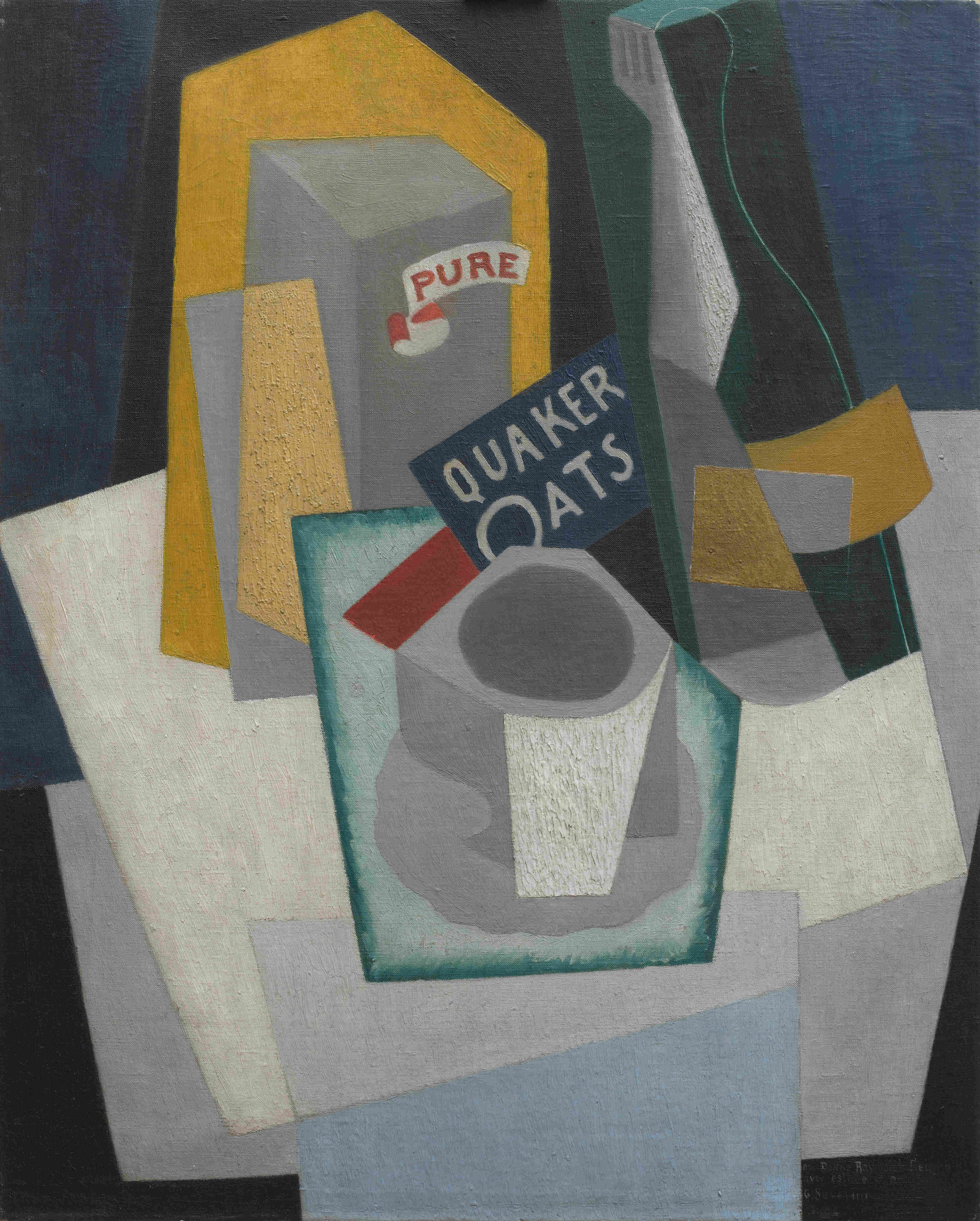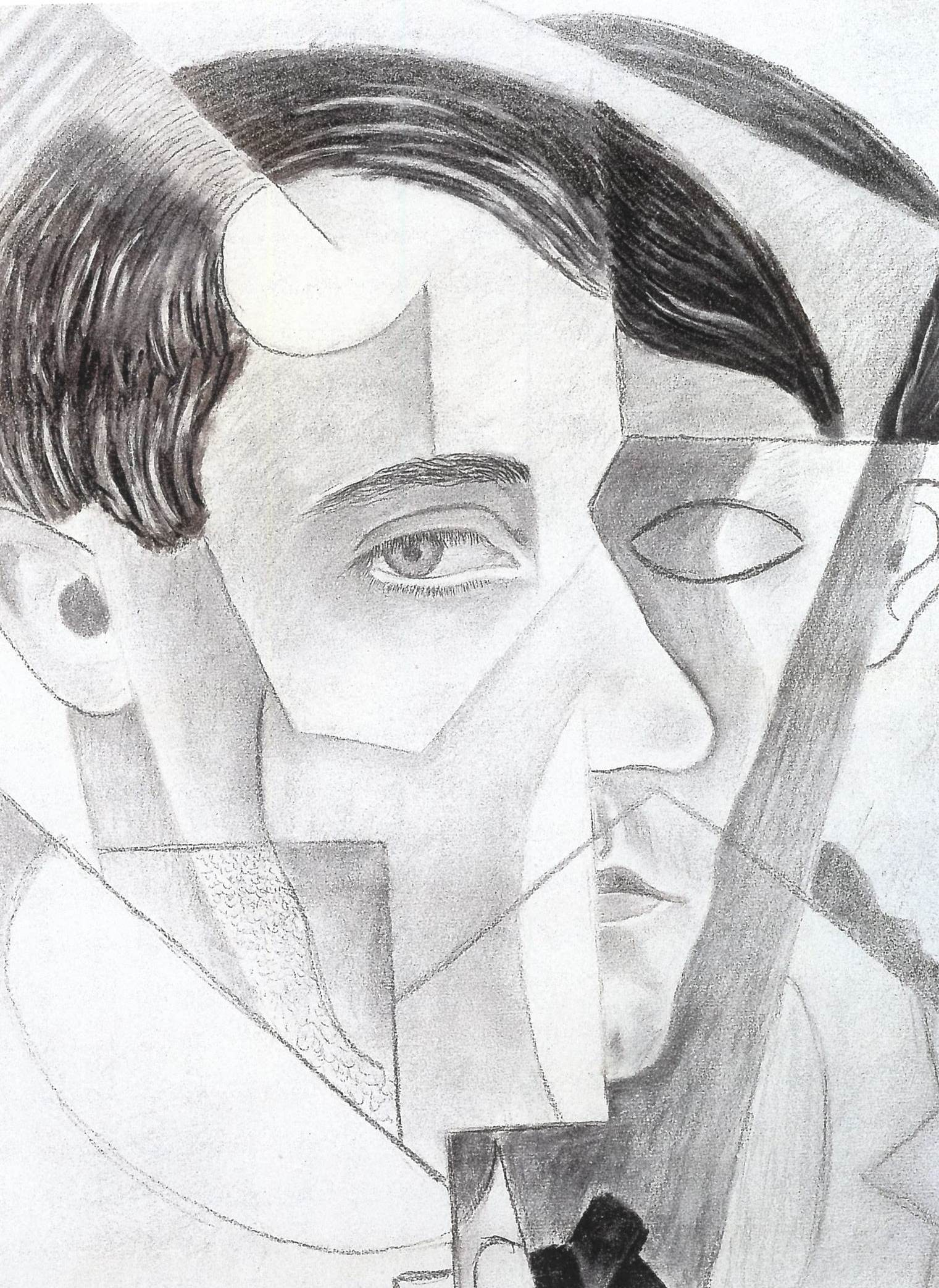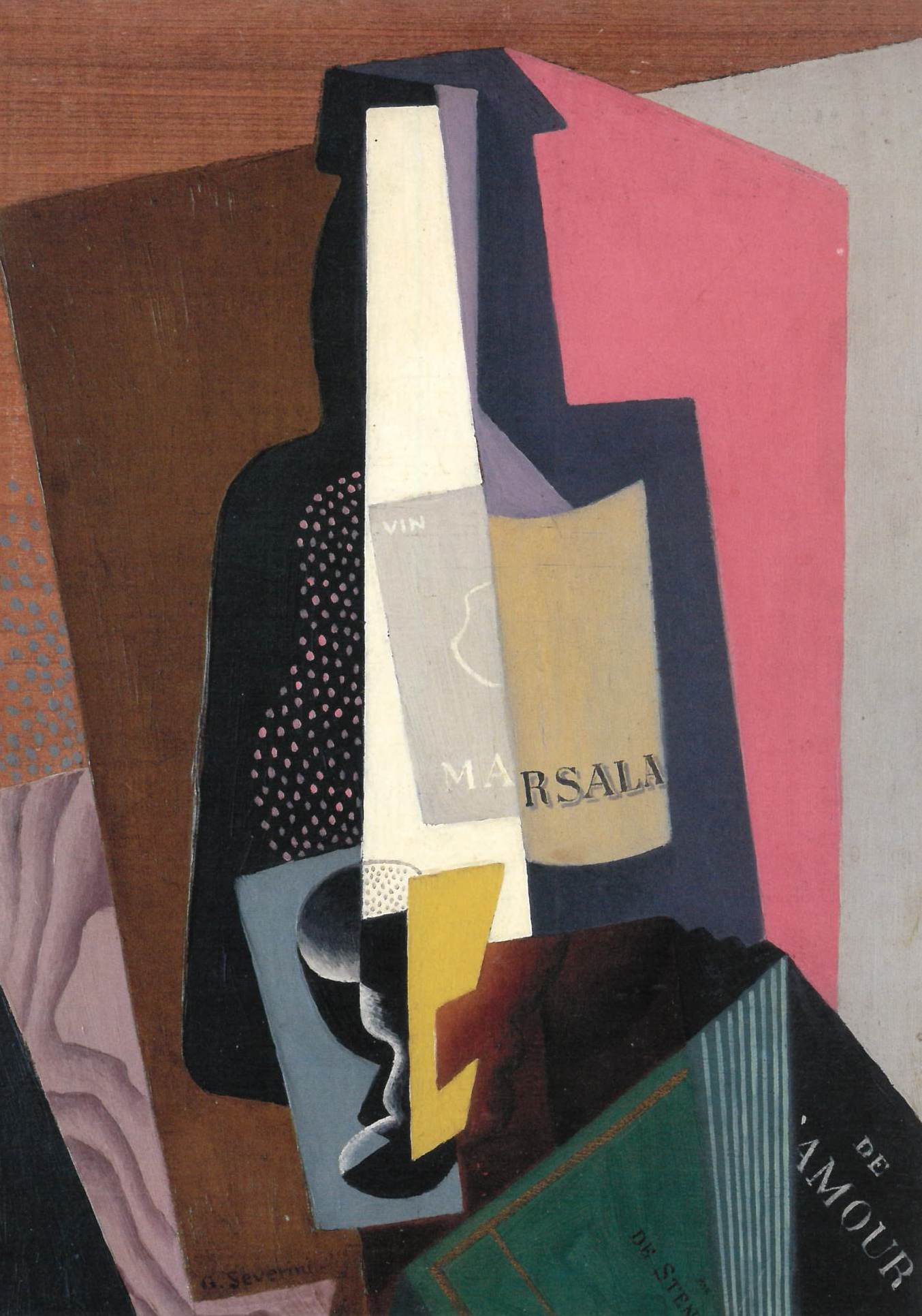Gino Severini (1883-1966) is one of the major figures in twentieth century Italian art. His exhibition at London’s Marlborough Gallery in 1913 was a success de scandale, provoking critical acclaim and bewilderment in the popular press. It was not until 1969, when Eric Estorick organised a retrospective of 72 works at the Grosvenor Gallery, that Severini’s work was seen again in Britain.
This exhibition of 20 paintings and 16 works on paper represented the range of Severini’s subject matter from 1910 to 1920: dancers, abstractions, urban scenes, war images, portraits and still lifes. The evolution of Severini’s painting in this decade of political and artistic upheaval is both fascinating and distinctive. Severini was known in 1909-10 for Post-Impressionist canvases of the Paris landscape. He then became a founding Futurist and one of the movement’s most accomplished painters before his adoption of Cubism in 1916-17. By 1920 his paintings were ordered by classical principles and geometric form.
Severini was born in Cortona, Tuscany. Expelled from school he was encouraged by his family to paint and studied in the studio of Giacomo Balla in Rome. Severini first exhibited in 1904, moving to Paris in 1906 where he became an important point of contact between French and Italian avant-garde artists and writers. He signed the first manifesto on Futurist painting in 1910 and remained a central figure in the Futurist group until the First World War, after which he grew closer stylistically to Juan Gris and Pablo Picasso, with whom he was frequently in contact. In 1921 he published a book on painting theory, From Cubism to Classicism, returning to a more ordered figurative style until the 1950s and 1960s.
The exhibition was a National Touring Exhibition from the Hayward Gallery.
See our current exhibitions
Find out more...Discover the programme of future exhibitions
Find out more...Discover our past exhibitions
Find out more...




